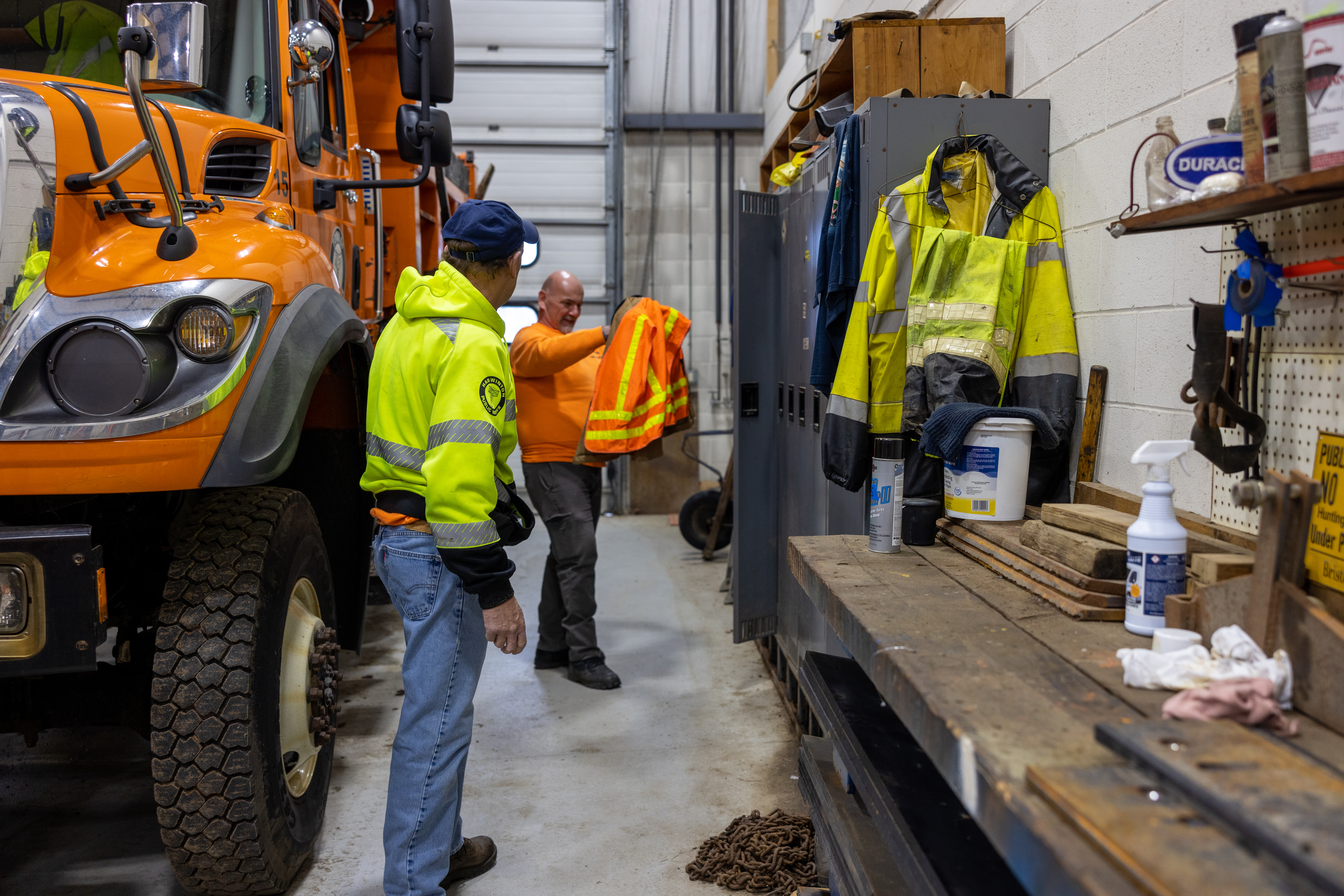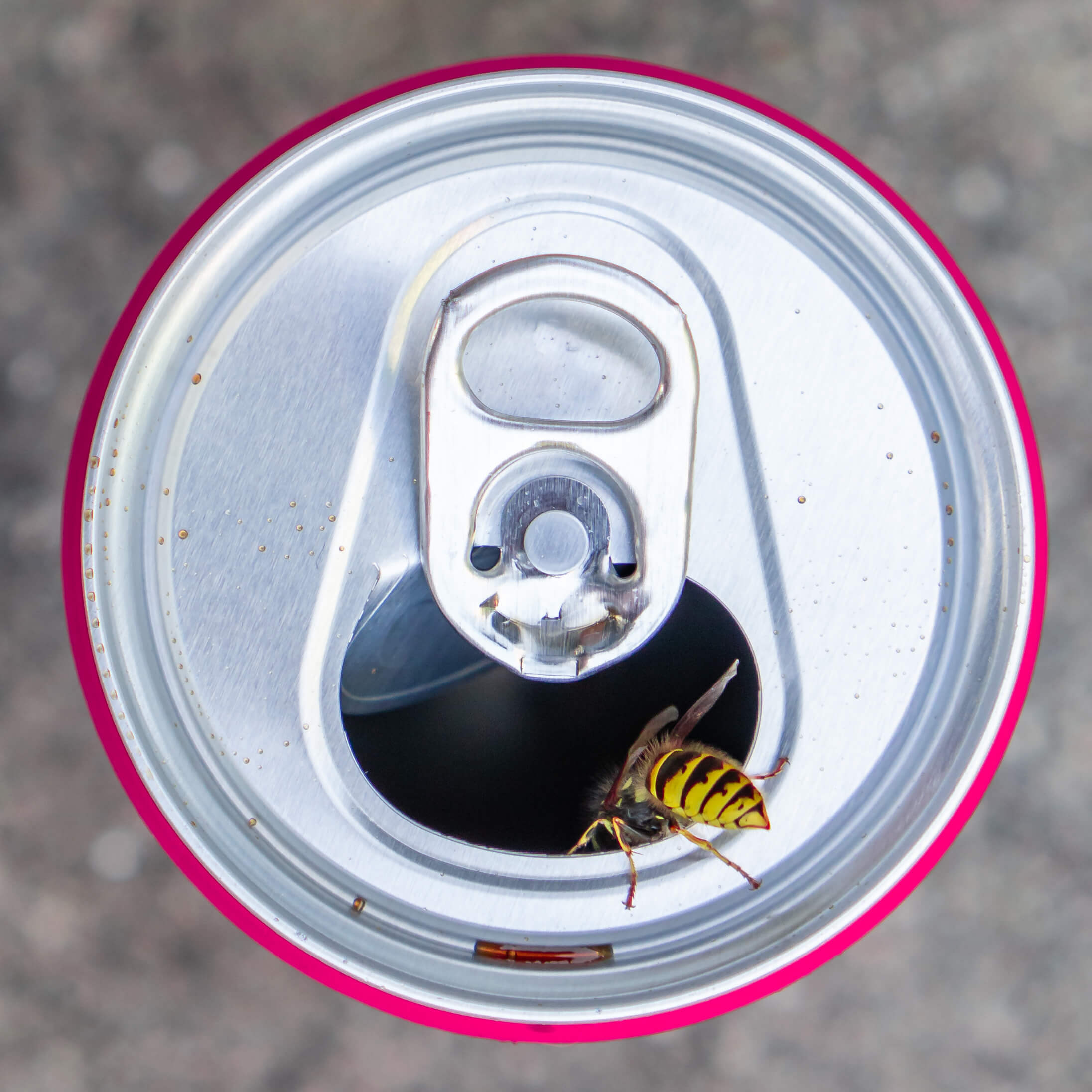Bee Safe
Bee Careful; Preventing Bee and Wasp Stings
Bee and wasp stings are a common summer nuisance that can turn deadly if the victim develops a severe allergic reaction (anaphylaxis). Public Health experts estimate that up to 3% of adults will have a severe systematic reaction to a wasp or bee sting. Anyone who works or recreates outdoors is at risk of being stung.
Helpful Tips to Avoid Being Stung
- Yellowjackets and wasps become aggressive when searching for food–keep garbage cans covered with tight-fitting lids and away from picnic and camping activity areas.
- Keep food covered
- Serve sweetened drinks in covered containers
- Check food and beverage before eating. Clear away food items after a meal immediately
- Eliminate water sources such as birdbaths and dripping faucets, which attract bees and wasps
- Wear proper foot protection. Require campers and students to wear shoes at all times.
- Remain calm and still when a wasp is in close proximity or lands on you
- Avoid wearing hairsprays, perfumes, colognes, suntan lotion, or brightly colored clothes outdoors
- Mow carefully–be observant ahead of the mower if there is a wasp nest on the lawn
Bee or wasp sting symptoms that warrant immediate medical attention include:
- Coughing or wheezing
- Problems breathing or swallowing, or having tightness in your throat
- Changes to your skin, such as breaking out into hives
- Feeling lightheaded or dizzy, or fainting
- Vomiting or diarrhea
Access CIRMA’s online portal for more important employee training and education on relevant seasonal topics.











